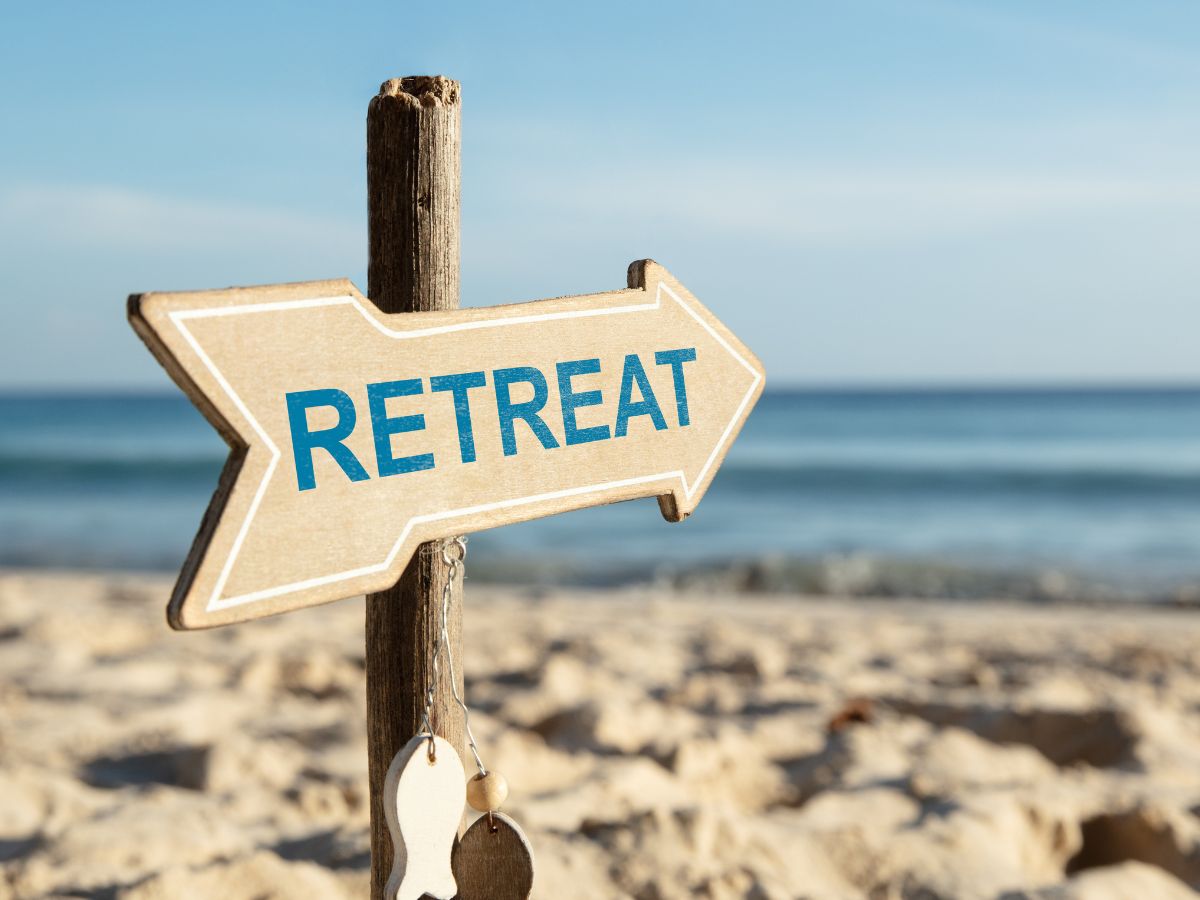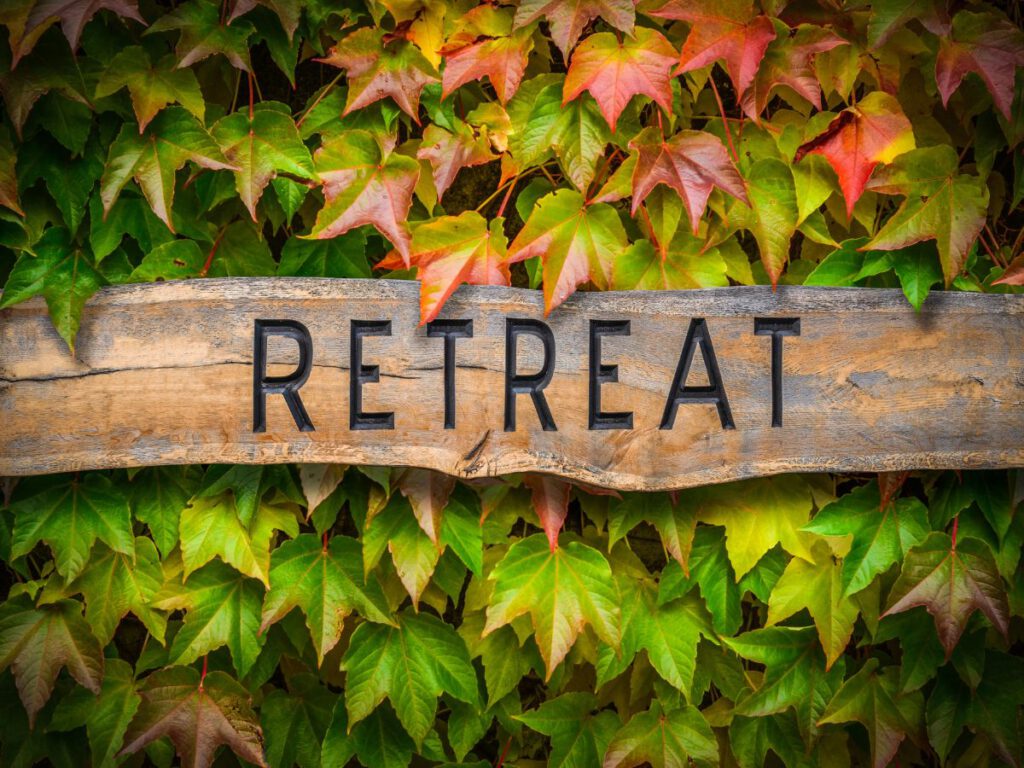A retreat offers a perfect opportunity to step away from the chaos of daily life and immerse yourself in an environment of tranquility and focus. Whether you’re seeking relaxation, spiritual growth, or personal development, a retreat provides the ideal setting for rejuvenation and self-discovery. In this article, we will delve into the world of retreats, explore their benefits, and provide insights on how to choose the right one for your needs.
What Is a Retreat?
A retreat is a dedicated period of time spent away from your usual routine, often in a serene and inspiring environment, to focus on relaxation, self-care, or a specific goal. Retreats can take many forms, including wellness retreats, yoga retreats, spiritual retreats, and corporate retreats. The common denominator among them is the opportunity to pause, reflect, and recharge in a supportive and nurturing setting.
The Benefits of Going on a Retreat
1. Stress Reduction
One of the primary benefits of a retreat is its ability to reduce stress. By disconnecting from the pressures of everyday life and immersing yourself in a peaceful environment, you can achieve a profound sense of relaxation and calm. Many retreats incorporate mindfulness practices, yoga, and nature activities to help participants unwind and reset.
2. Improved Mental Clarity
A retreat provides the time and space to clear your mind and focus on your priorities. Away from distractions, you can gain fresh perspectives on personal or professional challenges. This mental clarity often leads to better decision-making and a renewed sense of purpose.
3. Personal Growth and Development
Retreats are designed to promote personal growth, whether through workshops, group discussions, or individual reflection. Participants often leave with new insights, skills, or tools to enhance their lives. For example, a spiritual retreat might deepen your connection to your beliefs, while a wellness retreat could equip you with habits for a healthier lifestyle.
4. Connection with Nature
Many retreats take place in natural settings, such as mountains, forests, or by the sea. Being in nature has been shown to have a calming effect on the mind and body, reducing anxiety and promoting overall well-being. A retreat in a scenic location allows you to reconnect with the natural world and find peace in its beauty.
5. Building Meaningful Connections
Retreats often bring together like-minded individuals who share similar goals or interests. This creates an opportunity to form meaningful relationships, whether with fellow participants or facilitators. These connections can provide support, inspiration, and a sense of community that extends beyond the retreat itself.
Types of Retreats
1. Wellness Retreats
Wellness retreats focus on improving physical and mental health through activities like yoga, meditation, fitness, and healthy eating. They are perfect for anyone looking to de-stress, detox, or adopt healthier habits. Many wellness retreats also include spa treatments, workshops, and one-on-one coaching.
2. Spiritual Retreats
Spiritual retreats provide a space for individuals to deepen their faith or explore their spirituality. These retreats often involve meditation, prayer, or practices specific to a spiritual tradition. Participants can gain a greater sense of inner peace and clarity through these immersive experiences.
3. Corporate Retreats
Corporate retreats are designed to improve team cohesion, boost productivity, and strategize for organizational success. These retreats typically include team-building activities, leadership workshops, and brainstorming sessions. By stepping away from the office, employees can build stronger relationships and approach their work with renewed enthusiasm.
4. Creative Retreats
Creative retreats are tailored for artists, writers, musicians, and other creatives seeking inspiration or time to focus on their craft. These retreats often provide workshops, collaboration opportunities, and dedicated time for individual projects in a supportive environment.
5. Silent Retreats
Silent retreats emphasize mindfulness and self-reflection by encouraging participants to remain silent for extended periods. This type of retreat is ideal for those seeking a deeper connection with themselves and their thoughts, free from external distractions.

How to Choose the Right Retreat
1. Define Your Goals
Before selecting a retreat, identify what you hope to achieve. Are you looking to relax and unwind, deepen your spirituality, or gain new skills? Understanding your goals will help narrow down the options and ensure you choose a retreat that aligns with your needs.
2. Consider the Location
The setting of a retreat can greatly impact your experience. Decide whether you prefer the tranquility of a beach, the majesty of mountains, or the cultural richness of a city. Consider factors such as travel distance, climate, and accessibility when making your decision.
3. Review the Program
Examine the retreat’s schedule and activities to ensure they align with your interests and goals. Look for a balance of structured sessions and free time to relax or explore. If possible, read reviews or testimonials from past participants to gain insights into the quality of the program.
4. Assess the Facilitators
The expertise and approach of the facilitators can make or break a retreat. Research the qualifications and experience of the organizers to ensure they are knowledgeable and capable of creating a supportive environment.
5. Budget Wisely
Retreats can range from budget-friendly options to luxurious experiences. Determine your budget in advance and factor in additional costs such as travel, meals, and optional activities. Remember, the goal is to invest in your well-being, so choose a retreat that offers value for money.
Tips for Making the Most of Your Retreat
1. Disconnect from Technology
To fully immerse yourself in the retreat experience, consider limiting your use of phones, laptops, and other devices. This allows you to focus on the present moment and engage more deeply with the activities and surroundings.
2. Keep an Open Mind
Approach the retreat with an open mind and a willingness to try new things. Whether it’s participating in group exercises or exploring unfamiliar practices, embracing the experience can lead to unexpected growth and insights.
3. Take Notes
Bring a journal to document your thoughts, feelings, and learnings during the retreat. This helps you reflect on your experience and carry the lessons into your daily life.
4. Engage with Others
Connect with fellow participants and share your experiences. Building relationships can enhance your retreat and provide valuable perspectives and support.
5. Follow Through Post-Retreat
After the retreat, take time to integrate what you’ve learned into your routine. Set goals or establish habits that align with the insights gained during your time away.
Conclusion: Why a Retreat Is Worth Considering
A retreat is a powerful way to prioritize your well-being and invest in your personal growth. Whether you’re seeking relaxation, clarity, or connection, a retreat offers a unique opportunity to step back, recharge, and return to daily life with a renewed sense of purpose.
From wellness retreats to creative getaways, there is a retreat to suit every need and preference. By carefully selecting the right retreat and approaching it with an open mind, you can create an experience that is both transformative and deeply rewarding. Take the first step today and explore the endless possibilities that a retreat can offer.

